Taming Sierra Leone’s Ebola spread
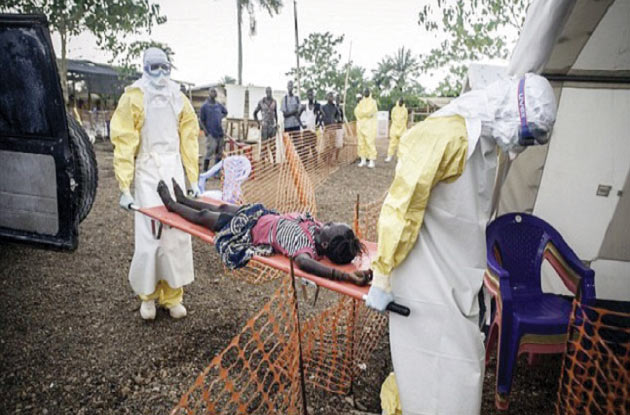
FREETOWN – Sierra Leone is scrambling more health personnel and deploying more equipment to curb the rampant spread of Ebola in Western Area region which currently accounts for half the infections in the country.
Authorities blame dangerous funeral practices, denial, and failure to report cases as some of the factors behind the surge. In the week ending December 14, Sierra Leone reported 327 new cases, Guinea had 76 in the same period, while Liberia had eight (but only over two days), according to World Health Organisation (WHO) statistics. Sierra Leone has been reporting much higher cases of Ebola compared to its two neighbours.
Thirty-three more ambulances, over 2,000 additional health workers, and support teams are being recruited, and three more treatment centres have opened under the “Operation Western Area Surge” launched by President Ernest Bai Koroma on December 17 to help curb the spread of the virus in the area.
Some 2,500 beds are needed countrywide. Currently there are around 600 beds in Ebola treatment centres. “We can have all the treatment and holding centres, the laboratories and ambulances, but we can only succeed when communities, families and individuals ensure that they do not touch the sick or the dead, and that they report sickness and death to the authorities,” Koroma said.
“Every individual is as much responsible to ensure his survival as the government and its international partners.”
In addition to ramping up control measures in Western Area, the government also restricted inter-district travel, and church gatherings, over the festive season. In the Western Area, public gatherings in restaurants, clubs and on the beach have been banned.
In Sierra Leone’s eastern towns of Kenema and Kailahun where Ebola was first reported in May, the virus has been significantly brought under control. Sidi Yayah Tunis, spokesman for the National Ebola Response Centre (NERC), told Irin they will apply some of the measures used in the east to the Western Area.
“The disease started in Kenema and Kailahun and so what Western Area is dealing with now, Kenema and Kailahun has dealt with before. The only surprising factor is that you would think Western Area should have more awareness or be more cautious than Kenema and Kailahun, considering that they saw what the two districts went through,” Tunis said.
“The house-to-house search in communities to bring cases out reduced the numbers in Kailahun and Kenema, and that is exactly what the Western Area Surge is intended to achieve.”
Tunis pointed out that many districts are reporting zero or just a few cases, with only Western Area and Port Loko seeing higher figures. Port Loko District now has two treatment centres and a laboratory, and measures are also being taken there to get the sick out into isolation and treatment centres, he said.
Unlike Guinea and Liberia, Sierra Leone missed the December 1 target by the UN Mission for Ebola Emergency Response to isolate and treat patients.
On December 10, WHO reported that there was a flare-up of Ebola in the eastern Kono District near the border with Guinea. It said medical teams buried 87 bodies in 11 days, including a nurse, an ambulance driver, and a janitor drafted in to removing bodies “as they piled up at the only area hospital, ill-equipped to deal with the dangerous pathogen”.
However, during a recent press briefing, Information Minister Alpha Kanu said they were aiming to cut infection rates across the country to single digit figures by the end of the year. He said daily reported cases were averaging about 40 and that, apart from Western Area, the country was making progress in controlling Ebola spread.
NERC’s Tunis said: “Rapid Response Teams have been established to respond to emerging outbreaks in districts and rural communities and that is what is happening now in Kono.”
President Koroma also said he had held meetings with traditional chiefs and other cultural leaders to urge them to discourage rituals for dead bodies – a practice blamed for the continued spread of Ebola among certain communities.
“We are not yet where we need to be, and there are still huge challenges. But our actions have yielded some progress,” the president said.
Meanwhile, for some Ebola survivors, overcoming the lethal viral assault has not heralded a full return to good health. An array of ailments including headache, joint pains, vision and hearing problems have afflicted convalescents; experts are still uncertain of the exact cause.
Not all survivors of the virus, which has been rampant in Guinea, Liberia and Sierra Leone since earlier this year and killed some 70 percent of patients, suffer the symptoms, the extremes of which include amenorrhea (the absence of menstruation) and erectile dysfunction. It is also not yet known why only some are affected.
Margaret Nanyonga, WHO consultant clinician, who has assessed 85 Ebola survivors with various symptoms in Sierra Leone’s eastern town of Kenema, said that some of the ailments were treated, but others such as vision and hearing problems tended to persist.
“The ladies complained of menstrual failure, but these resumed after three months. They also complained about hair loss. Men complained of testicular pains. We don’t know whether it can lead to impotence or not. That is a worry. Some men have reported erectile dysfunction. There are also psychosocial disorders, loss of sleep, anxiety and depression,” she said.
Nanyonga explained that the clinic she operated in Kenema is still the only one of its kind in the country dealing with post-Ebola conditions. Responding to Ebola outbreaks in the past, she said, has often ended when the virus is brought under control.
“No one had taken interest in the survivors. After fighting the epidemic, that was the end. But before, there were fewer people surviving Ebola,” she said.
There are comparatively more survivors in the current epidemic in West Africa (because the scale is also unprecedented). Response strategies in the three West African countries have incorporated psychosocial support for families affected by, and survivors of the virus.
But much remains unknown about the causes and impact of the post-Ebola ailments. In an October survey Nanyonga conducted in Kenema, most Ebola survivors complained of joint pains and headaches. More serious conditions such as deafness, amenorrhea and erectile dysfunction were rare. She said there is a need for further investigation of the ailments suffered by those who recover from Ebola.
“We want to know how long these people suffer from these symptoms. We want to know the progressions, such as of vision loss, if no intervention is put in place. We want to know whether it can be mitigated…
“We also want to know whether the symptoms are due to the virus itself, the treatment, or the huge amounts of chlorine used for disinfection in the treatment centres,” Nanyonga explained.
There is no approved medicine to treat Ebola. Basic medical interventions involve providing intravenous fluids and balancing body salts (electrolytes); treating other infections, if any, triggered by the virus; and maintaining body oxygen levels and blood pressure.
Esther Sterk, an Ebola specialist with Médecins Sans Frontières, said: “It has already been observed in previous outbreaks that some of the survivors develop uveitis (inflammation of the uvea, the middle layer of the eye) that can go together with vision loss. After such a serious disease, it is normal that survivors can still be weak for quite a while and slowly regain their strength. However, many of them are also stigmatised and have lost many relatives and friends, so some of the experienced symptoms may also be linked to stress.”
Nanyonga’s study found that 94 percent of the survivors were rejected by their communities upon discharge from Ebola treatment centres. Difficulty in finding jobs and self-stigmatisation are also adding to the misfortunes of the survivors. There are also fears that the post-Ebola diseases could become chronic in certain cases or lead to disability, infertility or social problems such as family break-ups, the survey suggested.
Ebola’s after-effects on survivors (referred to by some as post-Ebola Syndrome) have not been extensively studied as there have been few outbreaks prior to the current epidemic in West African which has killed nearly 7,000 people of the 18,603 cases reported by WHO in its latest statistics.
Those who recover from Ebola develop immunity that can last up to 10 years or even longer, according to the US Centres for Disease Control, which also notes that survivors can develop long-term complications such as joint and vision problems. – Irin

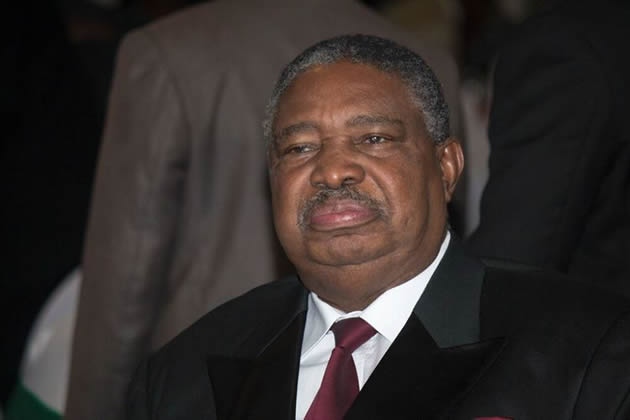
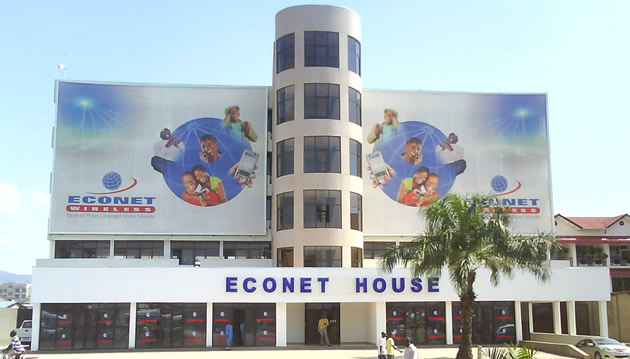
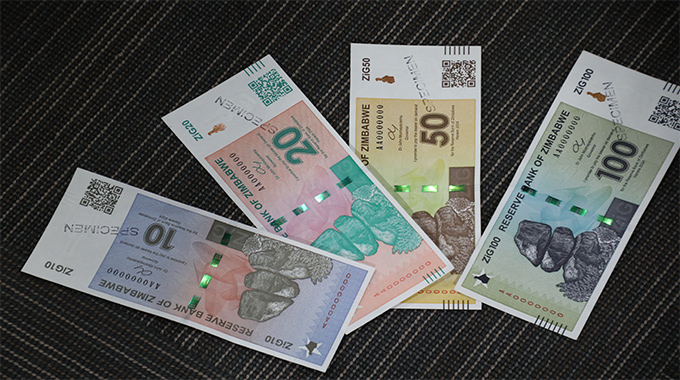

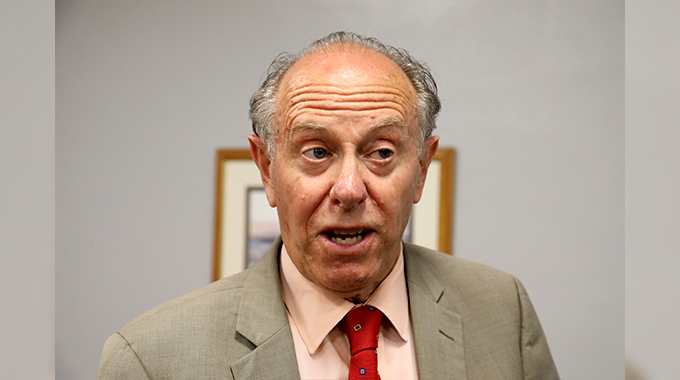



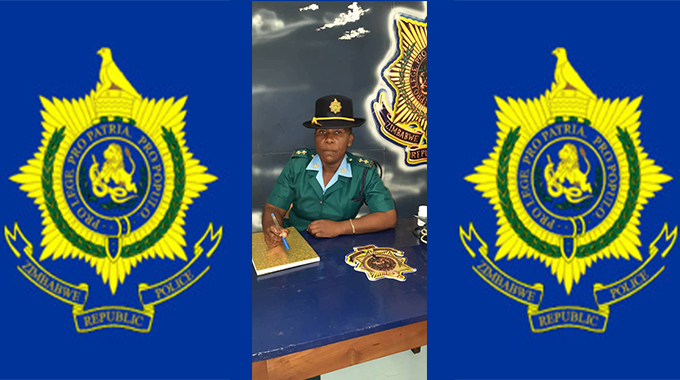


Comments